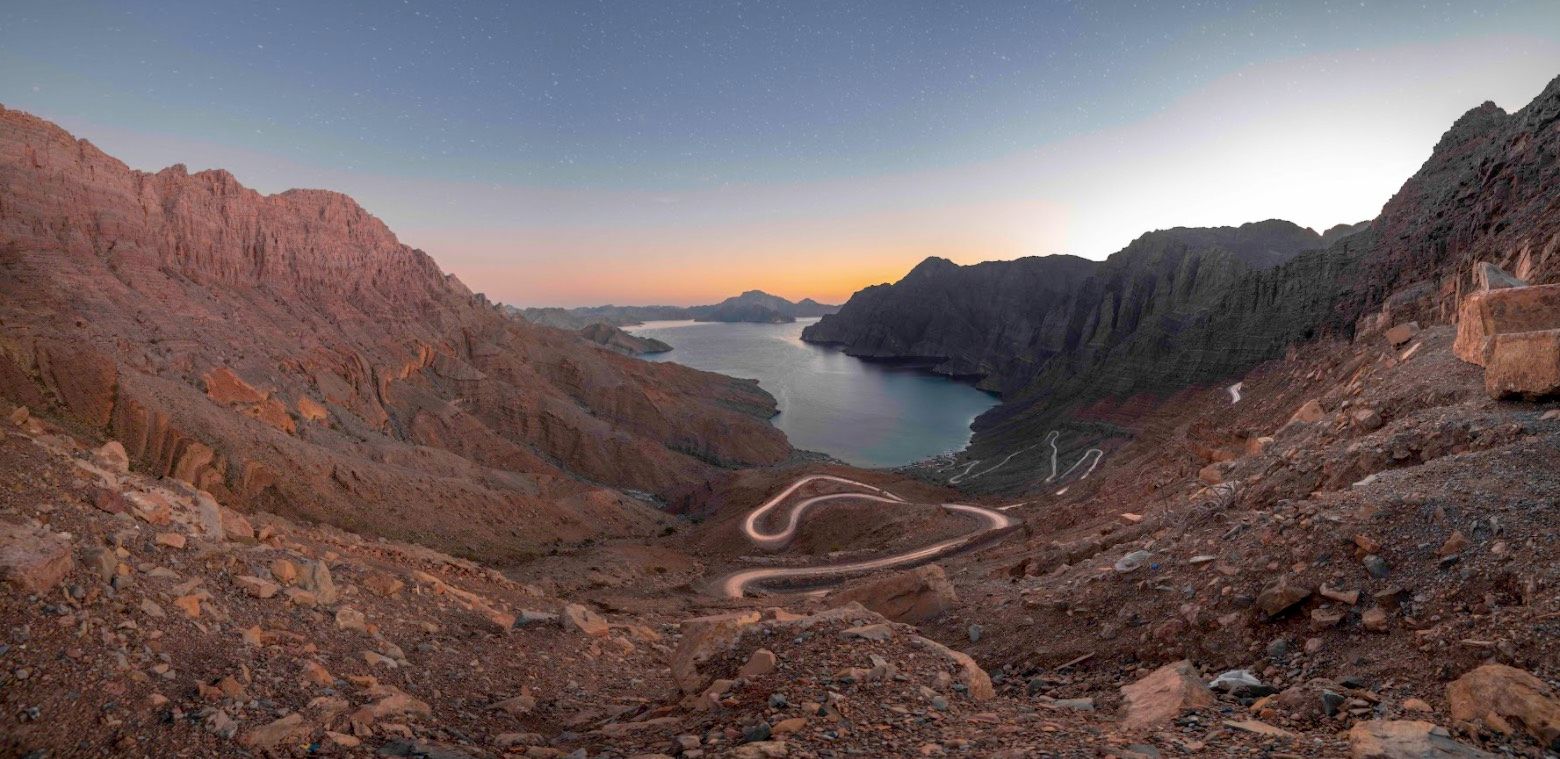Stripe Climate ได้เพิ่มการลงทุนเพื่อขจัดคาร์บอนเป็น 15 ล้านดอลลาร์สหรัฐ โดยเพิ่มเทคโนโลยีจาก 4 บริษัทใหม่

- Stripe Climate makes $6 million purchase commitments to four companies.
- Stripe expands team of scientific advisors to meet increasing diversity of technologies.
- 15,000+ companies from 40+ countries now purchase carbon removal via Stripe Climate.
SAN FRANCISCO—Today, Stripe is making $6 million in carbon removal purchases from four new companies. These purchases, evaluated by 13 climate science experts, cover a wide range of technologies: permanent geologic storage, ocean alkalinity enhancement, enhanced weathering, and direct air capture.
IPCC models project that achieving net zero emissions by 2050 will require both radical emissions reductions and the permanent removal of gigatons of carbon from the atmosphere every year. However, the pipeline of available technologies capable of delivering carbon removal at this scale is simply not big enough.
With these purchases, Stripe has added four new technologies to its climate portfolio with high potential to scale. Stripe is providing $2 million up-front to help bring these technologies to market and will make purchase commitments worth an additional $4 million to help them achieve further scale if these companies reach a set of technical milestones. Stripe will be the first customer for three of the four new projects:
- 44.01 turns CO₂ into rock, harnessing the natural power of mineralization. Using clean energy, their technology injects CO₂ underground, speeding up its reaction with peridotite, an abundantly available rock, to scale permanent CO₂ storage.
- Ebb Carbon uses a proprietary electrochemical system to remove acid from the ocean and enhance its natural ability to draw down atmospheric CO₂ and store it as oceanic bicarbonate.
- Eion accelerates mineral weathering by mixing silicate rocks into soil. Their pelletized product is applied by farmers and ranchers to increase carbon in the soil, which over time makes its way into the ocean, where it’s permanently stored as bicarbonate. Alongside their technology development, Eion is also conducting a novel soil study to improve the field’s measurement of CO₂ uptake.
- Sustaera uses renewable energy and ceramic monolith air contactors to capture CO₂ directly from the air for permanent storage underground. Their direct air capture system, powered by carbon-free electricity and built with modular components, is designed for quick manufacturing and capture at scale.
“Stripe’s Climate Program has been catalytic for Ebb,” said Ben Tarbell, CEO of Ebb Carbon. “With Stripe’s investment, we will be able to more quickly build a meaningful pathway to safely store CO₂, and reduce acidity in the ocean at scale.”
Stripe Climate allows any business to automatically direct a fraction of its revenue on Stripe toward these carbon removal technologies—in under a minute. To date, more than 15,000 companies across 40 countries have joined in these efforts, helping provide a critical demand signal for new technologies. Stripe Climate financed nearly 10% of Climeworks’ new direct air capture plant, and was the first customer for Charm Industrial’s novel process for permanently injecting carbon-containing liquid underground, which has now sequestered more than 5,000 tons of carbon.
“If we want any chance of achieving gigaton-scale carbon removal by 2050, we need many more shots on goal,” said Nan Ransohoff, Head of Climate at Stripe. “We’re thrilled to purchase carbon removal from four promising new companies, and to be the first customer for three of them. Our goal is to help a portfolio of promising approaches get to the starting line, and then to help them scale quickly.”
Stripe Climate expanded its panel of technical experts to scrutinize the new technologies behind this round of purchases. Habib Azarbadi, PhD at Arizona State University’s Center for Negative Carbon Emissions, focused on direct air capture; Kate Maher, PhD at Stanford Woods Institute for the Environment, examined geochemistry; and Alexander Muroyama, PhD at Paul Scherrer Institute, concentrated on electrochemistry.
All project applications, as well as the specifics of the renewal criteria for a repurchase, are publicly available on GitHub.